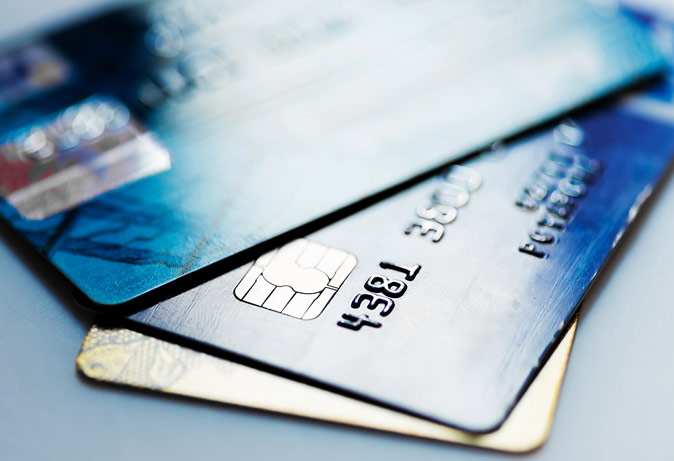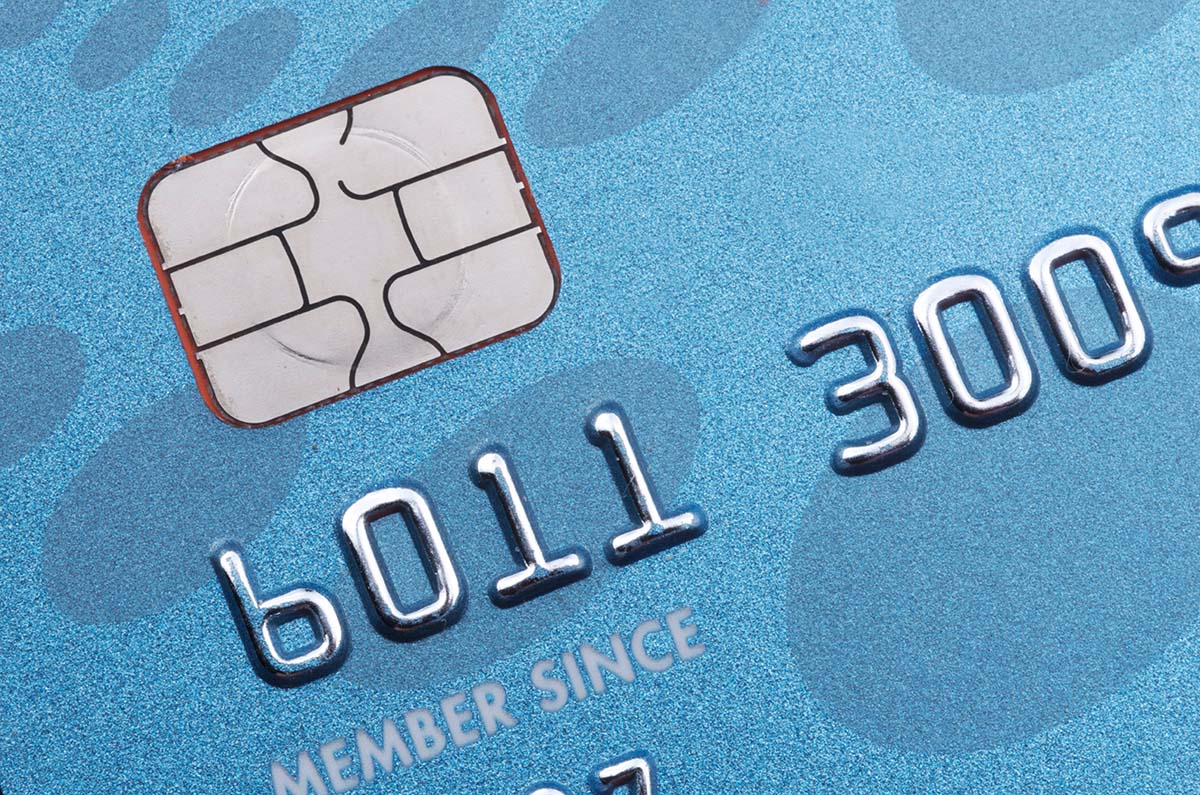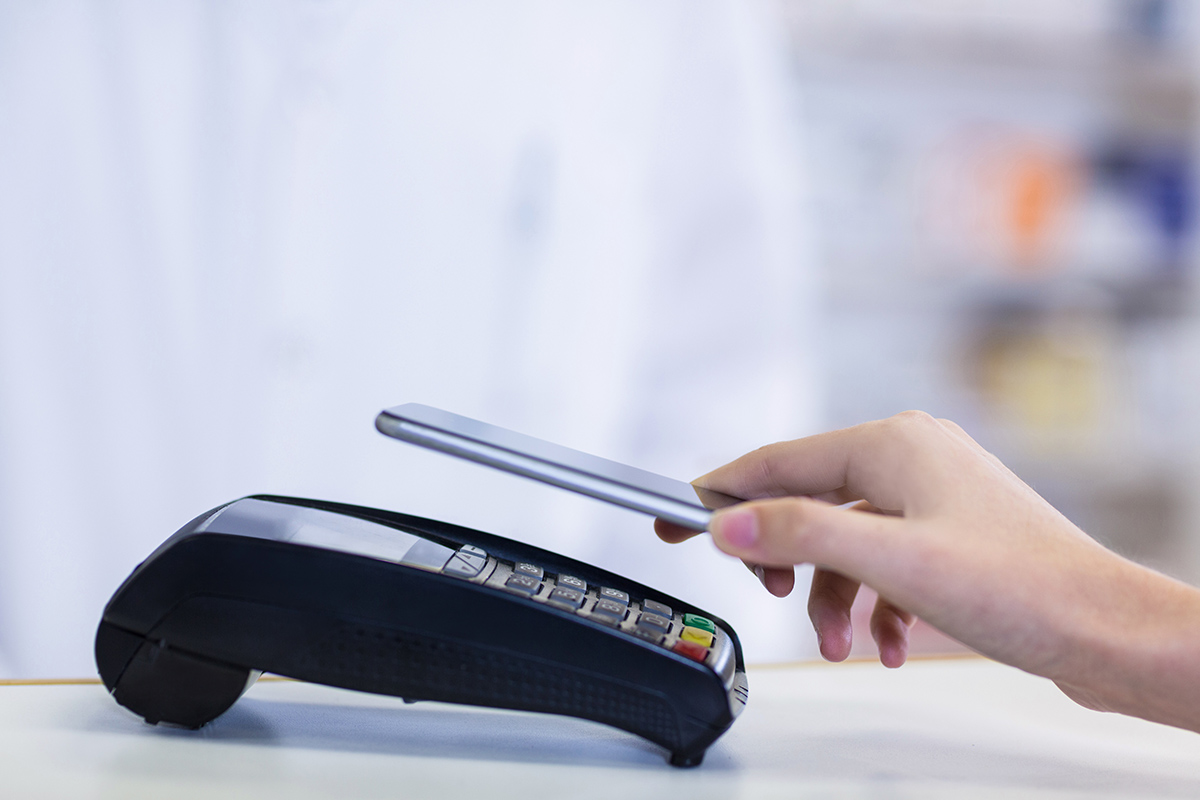And how can you avoid them?

If an EMV (Chip Card) is used for the transaction and it is not processed with an EMV device all fraudulent chargebacks are ruled in the customers favor with no recourse. If an EMV card is used on an EMV device there is recourse and our chargebacks department will request information on the transaction via a mailed document to the clinic. You can also opt into our email notification by completing the form attached to get immediate correspondence.


1. Customer calls their bank and claims that the transaction was fraud.
2. Issuing bank determines if it is legitimate based on the criteria it must meet set by the card brands.
3. Issuing bank sends it to Card Brand and they determine if it is a fraudulent charge.
4. If it WAS processed with an EMV device we will request additional information on the transaction to present it to the card brands.
5. If it WAS NOT processed with an EMV device and the issuing bank and card brand determine it is a fraudulent charge there is no recourse.
There is always recourse on a chargeback that is not claimed fraudulent.
1. Customer calls their bank and disputes the transaction.
2. The issuing bank notifies TMG that the customer is disputing the transaction.
3. We reach out to you requesting specific information about the transaction. You have 10 days to provide us the documentation or the case is ruled in the card holders favor.
4. Once we receive the requested information within the timeframe allowed we present that to the card brand.
5. A decision is made by the card brand and the money will be debited if ruled in the the card holders favor.


1. Respond promptly to requests for transaction receipts (opt into email notifications). Transaction receipts must be legible and contain an embossed account number, transaction date, amount, business name and address, authorization code and expiration date.
2. Properly disclose your refund/return policy. Printed on the receipt near the signature area. The e-commerce site must communicate the policy during the order process and require the cardholder to select and click the “accept” button to acknowledge the policy.
3. Work with your customer. A large majority of chargebacks may be prevented if the merchant and customer work directly to resolve the dispute. The customer is required to attempt resolution first with the merchant and must provide proof of the attempt. (This can be a letter stating they contacted the merchant.)
Click here to download this information as a printable PDF document